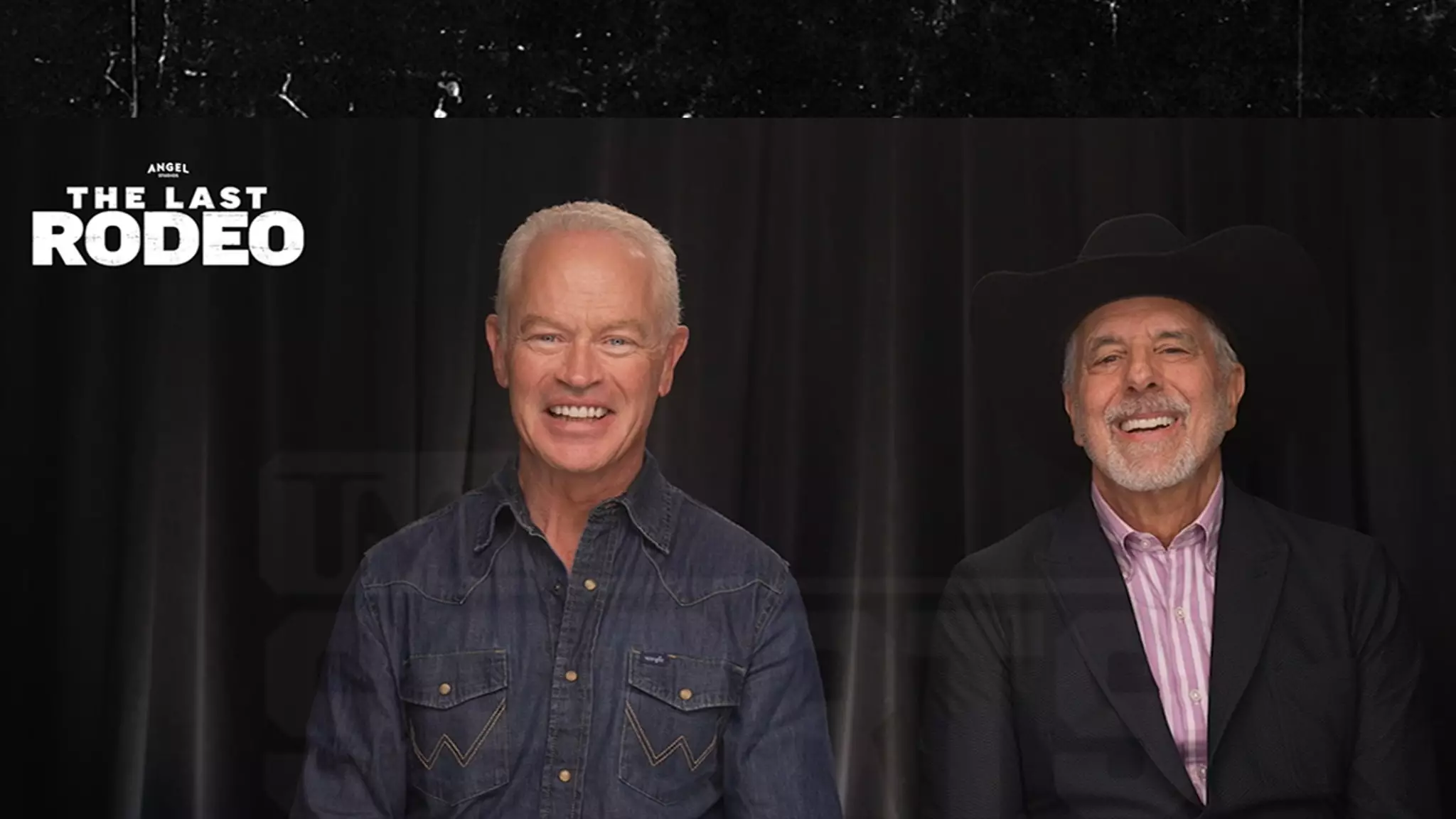As he approaches his 60th birthday, Neal McDonough, a seasoned figure in Hollywood, is not content to rest on his laurels. In a daring move, he has taken on one of the most physically demanding roles of his career in the upcoming film “The Last Rodeo.” Set to hit theaters on May 23, the movie pits McDonough as a retired rodeo star who must confront his past and ride the bulls once more—not just for glory, but to secure his family’s financial future. This premise isn’t just a backdrop; it’s a call to adventure that forced McDonough to dive headfirst into an arduous training regime.
A Commitment to Authenticity
Emphasizing the importance of authenticity, McDonough dedicated himself to rigorous training, going so far as to engage with both real horses and mechanical bulls. He insists on looking the part of a true bull rider, explaining, “I worked really hard to make sure I was in peak performance physically.” While he refrained from riding live bulls due to safety concerns—a prerequisite in the industry to avoid potential production delays—his commitment to embodying his character’s lifestyle is commendable. This dedication, paired with moments that highlight his sculpted physique, reveals a layered approach to his role that transcends the superficiality often associated with physical transformations.
Challenges Behind the Scenes
Director Jon Avnet paints a vivid picture of the challenges associated with working alongside actors who possess an innate desire to perform their own stunts. He acknowledges the dual responsibility of safeguarding both the film and the actor, highlighting McDonough’s “fearless” nature. Avnet’s commentary adds depth to the understanding of film production; it’s a precarious balancing act between artistic expression and practical limitations. McDonough’s relentless push for authenticity can sometimes clash with the more guarded impulses of a well-oiled film set. This dynamic raises questions about where to draw the line between bravery and caution.
Work Hard, Play Hard: The Joy of Creation
Despite the physical toll—McDonough humorously refers to how he got “the snot beaten out” of him—he finds joy in this creative process. His infectious enthusiasm for the film hints at a more profound connection to the narrative, suggesting that the journey of embodying this character is as rewarding as the final product itself. This perspective is refreshing in an era where actors often seek roles that are less demanding, making McDonough’s commitment laudable. His willingness to invest sweat and determination into his craft serves as an inspiring call for others in the industry to embrace their roles with equal vigor.
In “The Last Rodeo,” McDonough transforms both physically and artistically, breathing life into a spirit often associated with rodeos—grit, determination, and an unwavering love for the craft. His approach not only revitalizes his career but sets a compelling example for both seasoned professionals and newcomers. As audiences prepare to witness his performance, the lesson is clear: authenticity is not just an option; it’s a necessity for those truly passionate about their art.

